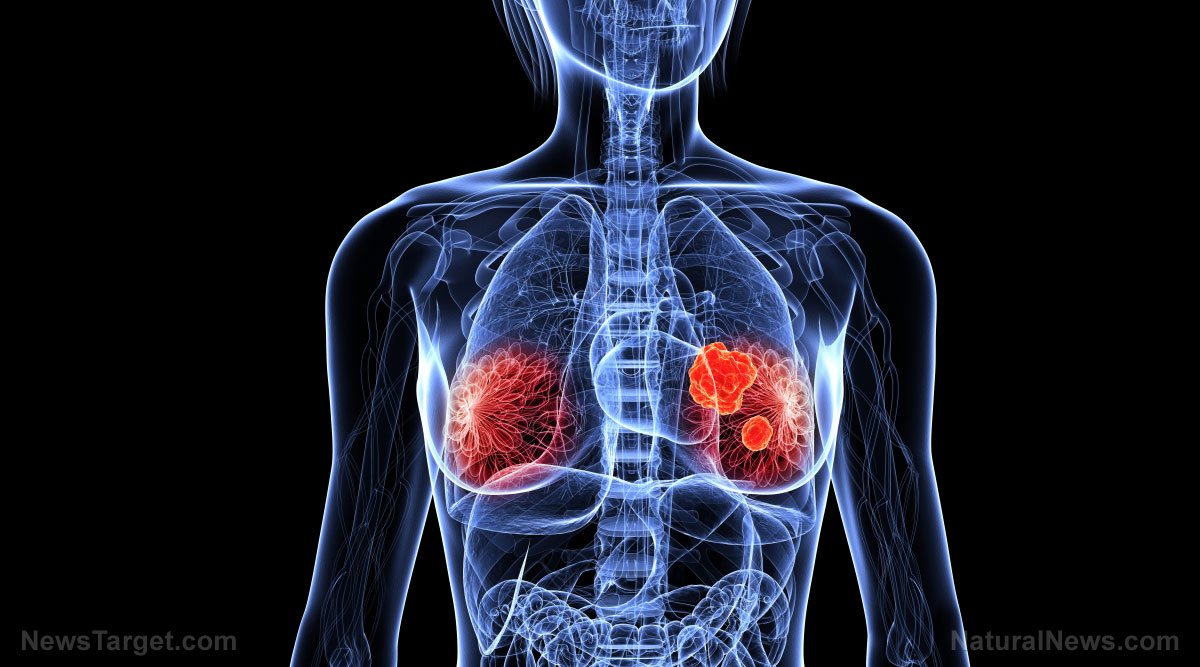
The study was published in Medicine and Science in Sports and Exercise, an official journal of the American College of Sports Medicine. In the article, the team suggested that three months of HIIT can boost heart function among diabetic participants – without altering medication or diet.
Researchers also concluded that HIIT could potentially be an inexpensive and practical method for managing diabetes, as well as improving overall heart health.
HIIT gets the heart pumping
While previous research has shown that adopting lifestyle changes can help those with diabetes, its relationship with preventing cardiovascular disease is something that has yet to be realized. According to the Centers for Disease Control and Prevention, more than 29 million Americans have diabetes, most of them Type 2 diabetes. Almost seven out of 10 of those with diabetes who are over the age of 65 will die from cardiovascular disease.
Diabetes is characterized by high blood sugar levels, lack of insulin and insulin resistance. High blood sugar can damage the tissues and cells that control the heart and its muscles.
In the current study, the team found out that Type 2 diabetes was linked to problems in the left ventricular muscle, which is responsible for pumping blood to the rest of the body. They then investigated whether practicing HIIT can help improve left ventricular function among diabetic patients.
High-intensity interval training refers to short but intense exercises alternating with intervals of moderate-intensity exercise. High-intensity exercises include sprinting or stair climbing, while exercises of moderate-intensity include jogging or brisk walking. (Related: HIIT that belly: High intensity workouts reduce belly fat faster than continuous exercise.)
To investigate, the researchers gathered 16 participants, all of whom had Type 2 diabetes. They asked 11 participants to perform HIIT exercises, while five were assigned as controls. The team then measured biomarkers for cardiovascular activity in the left ventricle at baseline and after three months.
The findings revealed that participants in the HIIT group exhibited better function in the left ventricle. This suggested that incorporating HIIT into daily exercises could help reverse or reduce the effects of diabetes on the heart. Overall, HIIT may be used to help people with diabetes manage their condition better.
Exercises for beginners
From its name alone, high-intensity exercises are challenging, especially for beginners. But there are still great HIIT exercises, even for beginners. Try adding the following exercises into your workout:
- Russian twists - Sit on the floor and slightly bend your knees. You can either have your heels touching the ground or lifted. Twist your torso from side to side.

- Superman with lateral raises - Lie on your stomach and lift your arms and legs. Arms should be reaching in front of you. Bend elbows to your waist then stretch it again in front.

- Mountain climbers - Start in a high plank position. To do this, lie on your stomach and then extend your arms on the floor to raise yourself. After this, bend the knees toward the torso one at a time.

- Flutter kicks - Lie on your back and crunch to lift your shoulders and head off the floor. Lift your legs and keep them extended. Kick one leg higher while the other leg stays low then switch. Kick alternately between two legs.

Make sure to always talk to a healthcare professional before trying any new workouts, especially HIIT. Before starting a workout, do some warm-up exercises like jumping jacks or a light jog.
Aside from HIIT, build on other “good” habits like eating healthier foods and getting enough sleep. In this manner, you reduce the risk of getting heart disease even further.
Find other ways to manage diabetes and improve heart health naturally at Health.news.
Sources include:
Please contact us for more information.























